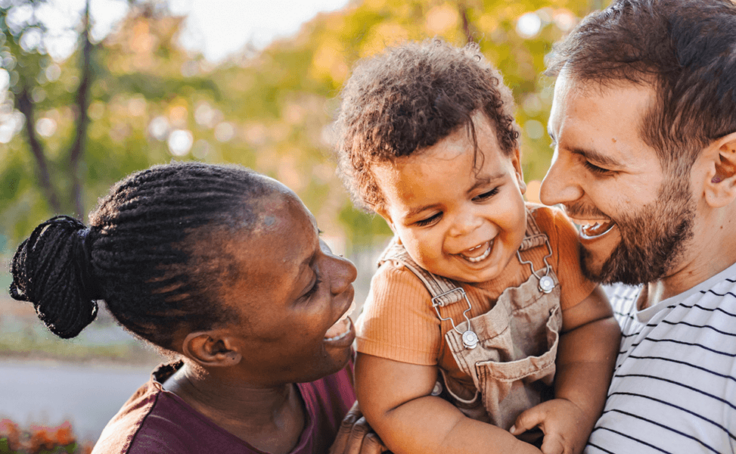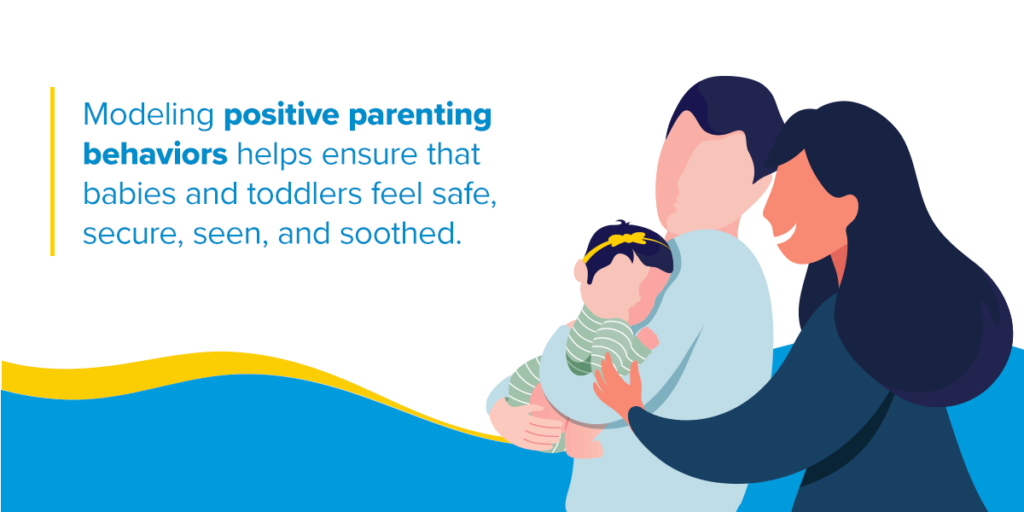Early Childhood Attachment Styles: What Parents and Professionals Should Know

Key Takeaways
- The framework of understanding relationships between children and their caregivers is referred to as attachment theory.
- Legacy types of attachment in children include secure attachment, ambivalent or anxious attachment, avoidant attachment and disorganized attachment.
- The legacy approach doesn’t capture the nuances of different environments, family (whether biologically or nonbiologically defined) dynamics and structures, sociocultural values, and ways children can be raised.
The framework of understanding relationships between children and their caregivers is referred to as attachment theory.
The study and application of attachment theory is an evolving field of research, now with growing awareness of the tightly controlled and largely white-dominant studies that have defined traditional early childhood attachment styles emerging. Studies of connections across sociocultural boundaries are essential for highlighting the relevance of the meaningful applications of this theory.
Legacy types of attachment in children
The four primary parent-child relationship attachment styles that catalyzed this theory stem from research conducted by John Bowlby, a British psychiatrist and psychologist. Bowlby first began investigating the topic in the 1930s before collaborating with Mary Salter Ainsworth in 1950 to expand the research. Bowlby felt that attachment was key to our evolutionary survival — that people, especially infants and the very young, depend on strong and enduring connections with others who can provide not only comfort but security from harm or danger.
These early childhood attachment styles have been used to frame our understanding of relationships, particularly adult-child relationships, but emerging studies in the field and discourse around cultural inclusivity challenge these framings from the 20th century. Perspective shifts and the rise of new data cement the importance of consulting the expertise of professionals and resisting overgeneralizations or self-diagnosis.
Secure attachments form when caregivers consistently fulfill a baby or toddler’s physical and emotional needs. According to Bowlby’s theory, signs of healthy attachment in toddlers include a preference for a familiar caregiver. He also concluded that the infant’s behavior when separated from and reunited with their preferred caregiver can signal a secure attachment. In his research, he observed that young children who grew upset at being separated but could be soothed by the caregiver upon return showed secure attachment.
It’s important to note that all babies are born hardwired to form attachments and naturally seek their caregivers to build ties. For example, an infant will hold eye contact or touch, smile, or coo at a caregiver to forge bonds. These cues help empower responsive and attuned caregiving — a reciprocal relationship based on being in sync with the baby’s behavior and responding appropriately.
Ambivalent or anxious attachment is observed in children who would experience distress when separated from caregivers but who were also not entirely comforted upon a caregiver’s return. In Bowlby’s and Ainsworth’s study, this attachment happens when caregivers are unable to consistently meet or respond to the young child’s emotional and physical needs.
It is important to note that young children demonstrate the connections they form with others in different ways depending on the person and context. This concept is called relational specificity. Think of it as the way a young child demonstrates their attachment to a parent may look different from the attachment relationship with a grandparent or sibling, but all represent attachments.
Young children who don’t actively seek out their caregiver for comfort or emotional support are noted as demonstrating avoidant attachment styles. Infants and toddlers with an avoidant attachment may also display little or no emotion when a caregiver departs or returns. This style — also called dismissive or anxious-avoidant attachment — may result when a young child loses a sense of security in their environment. For example, child trauma can impact a baby’s relationship with their caregiver and create potential distrust that leads to avoidant attachment.
Disorganized attachment, also called fearful-avoidant attachment, is rare. Observations show that younger children with this style sometimes displayed human threat responses — fight, flight, or freeze — during caregiver interactions. These infants and toddlers may also express inconsistent reactions to a caregiver leaving or returning. For example, the young child might engage in self-harming behavior or stiffen when approached. Babies may even display fear or distress in the caregiver’s presence, and caregiver behavior may also be erratic.
Looking at attachment theory in early childhood with a wider lens
The primary issue with the original research is its narrow perspective.
It simply doesn’t capture the nuances of different environments, family (whether biologically or nonbiologically defined) dynamics and structures, sociocultural values, and ways children can be raised. More applied research must analyze how attachment affects child development with a wider lens for practical and clinical value.
A primary gap in the research is the omission of natural variations in child-rearing in individualist societies versus collectivist ones. We see differences between individualist and collectivist societies around things like locus of control, prioritization of individual versus group, novelty-seeking social behaviors, and security-seeking behaviors, to name a few.
As a result, strong ties and a close community are hallmarks of collectivist societies and substantially influence the connections between caregivers and young children. For example, distrust of strangers is often high in these societies. A young child who experiences stress or anxiety in a stranger’s presence is exhibiting normal, healthy behavior for their culture. Assessing this natural reaction through fixed definitions of secure versus insecure attachment in babies is a disservice. Young children form various attachments, and all contribute to their emotional and social evolution.
Further, a rush to label a baby or toddler with a narrow lens can do more harm to their psychological health than good. For instance, basing child welfare decisions on the observation of a single interaction in a stressful setting could lead to a faulty conclusion about the quality of the attachment relationship(s) that’s not in the child’s best interests.
In short, attachment research still has multiple gaps, and the formation of secure attachments, while optimal, is not the only indicator of a healthy, well-adjusted child.
Noelle Hause, Senior Professional Development (PD) Manager

Positive parenting behaviors for healthy attachment
Modeling positive parenting behaviors helps ensure that babies and toddlers feel safe, secure, seen, and soothed.
Consider the following to help build a foundation for healthy attachments, and explore our other resources on promoting healthy early development.
There will be times when caregivers misunderstand a young child’s needs or miss a cue, and these moments can rupture trust. For example, a breakdown in the emotional bond may occur if a caregiver dismisses a baby or toddler’s emotions. Emotional overreactions can also produce stress and disrupt trust.
But intentional repair can help restore strong and healthy emotional ties. This process involves acknowledging the rupture and sets about addressing it with a comforting and sensitive response.
Attachment is a reciprocal connection — it involves the active participation of both the child and caregiver. Try playing with infants and toddlers in serve and return interactions. These are moments when caregivers engage in back-and-forth expression or conversation. Talk to your baby and respond to your baby’s coos and vocalizations. Playing peek-a-boo is a simple game and a classic example. Such interactions enhance mutual attunement, enabling dyadic symbiosis and the formation of healthy attachments. Serve and return also promotes cognitive, physical, and emotional development and these interactions are critical to promoting the “dance of attunement.”
Consistency and predictability help create a solid foundation for forming secure attachments.
Caregivers build trust when they’re attuned and responsive to the baby or toddler’s needs and fulfill them regularly and predictably. The young child develops a sense of security that the caregiver will be there for support and comfort, strengthening the dyad bond.
Consistent and expected caregiver behavior is also the key to nurturing emotional regulation and healthy independence. When caregivers are consistently attuned and engaged, follow through on promises, set clear boundaries, and build routines, they create a reliable framework for secure attachment. The young child grows to understand they can explore their world while still feeling safe and protected.
Download our Positive Parenting infographic.
Stay connected to early childhood development research with ZERO TO THREE
While it’s important to be aware of differing early childhood attachment styles, it’s equally necessary to acknowledge the limitations of what we currently know about the concept.
We encourage continued exploration and research into the topic as a trusted resource for families and advocacy for infant and toddler health and development.
Our mission is to improve the lives, access, and opportunities of every young child to help them achieve their greatest potential.
There is no "one-size-fits-all" approach to raising children.


